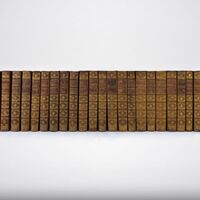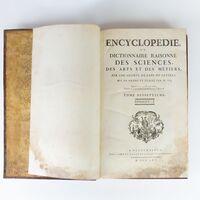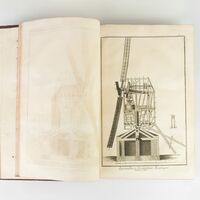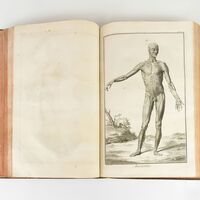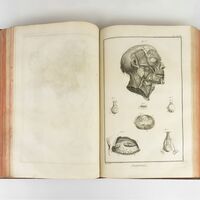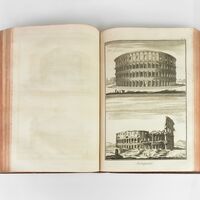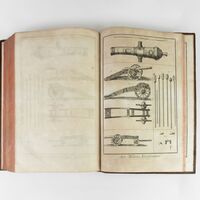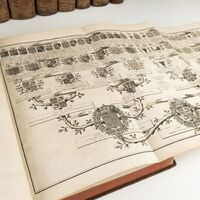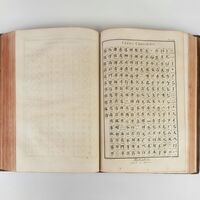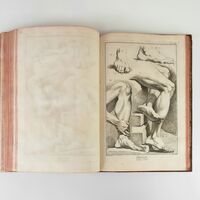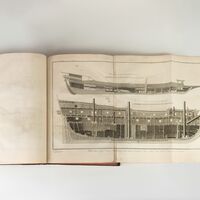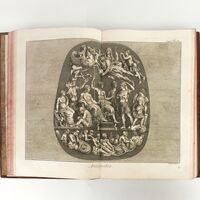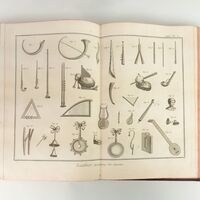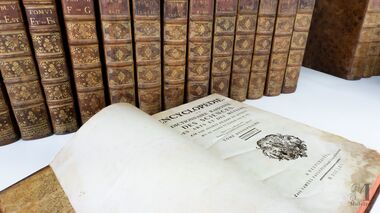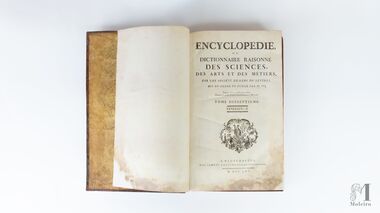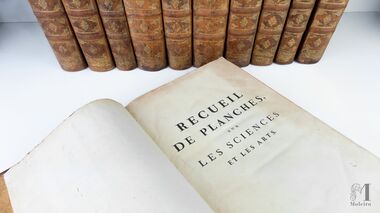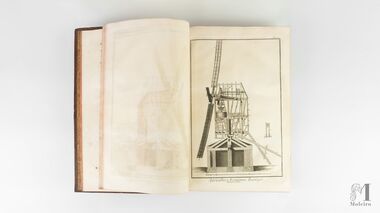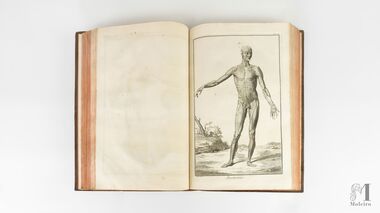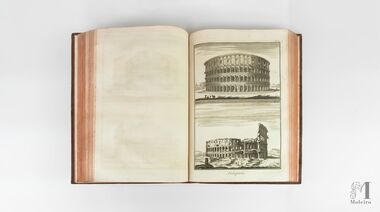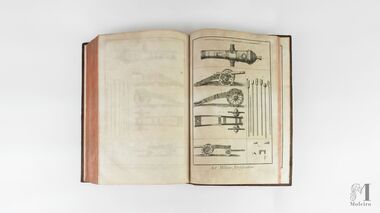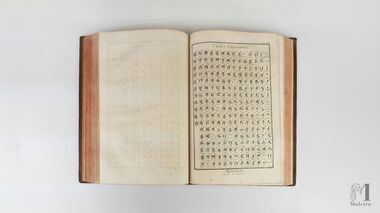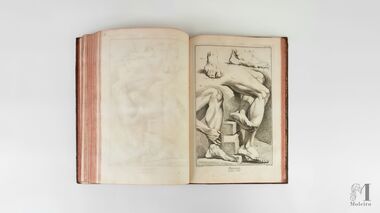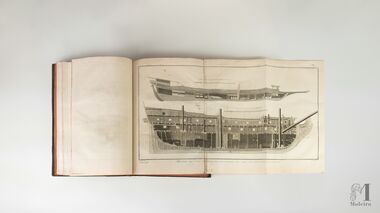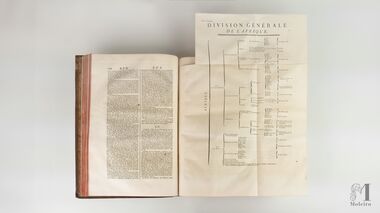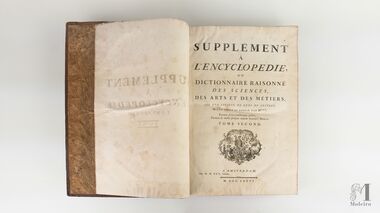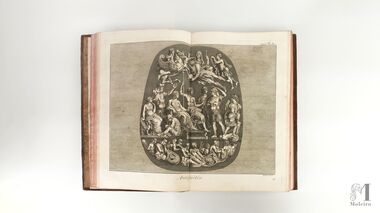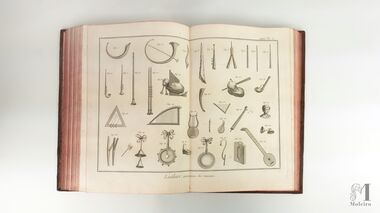Diderot and D'Alembert's Encyclopedia
The Masterpiece of the Age of Enlightenment
The Encyclopedia, also known as the Encyclopédie, is a monumental masterpiece published in France during the 18th century. It was edited by Denis Diderot and Jean le Rond d'Alembert, and became one of the most important and influential works of the Age of Enlightenment.
Its ambitious goal was to gather and organize all human knowledge - philosophy, science, art, politics, economics, religion - and to include critical reflections on the society and politics of its time.
Diderot and D'Alembert surrounded themselves with more than 150 collaborators, enlisting the most prestigious writers and philosophers, artists and craftsmen, physicians and scientists of their day, including Voltaire, Rousseau, Montesquieu, D'Holbach, Condorcet, Buffon, Turgot, Necker, Tronchin, the watchmaker Berthoud, and many others.
The French authorities considered the work subversive and attempted to censor and ban it on several occasions.
The core of the work consists of 28 volumes: 17 volumes of articles, published between 1751 and 1765, and 11 volumes of illustrations, published between 1762 and 1772.
Subsequently, between 1776 and 1777, five supplemental volumes were issued (four of text and one of illustrations), and in 1780, two index volumes were added, bringing the total to 35 volumes. The original editors did not participate in the creation of these later volumes.
Despite its considerable subscription price, the Encyclopédie was a resounding success, leading to reprints and unauthorized editions in Geneva, Lucca, Livorno, and other cities.

The Encyclopedia, also known as the Encyclopédie, is a monumental masterpiece published in France during the 18th century. It was edited by Denis Diderot and Jean le Rond d'Alembert, and became one of the most important and influential works of the Age of Enlightenment.
Its ambitious goal was to gather and organize all human knowledge - philosophy, science, art, politics, economics, religion - and to include critical reflections on the society and politics of its time.
Diderot and D'Alembert surrounded themselves with more than 150 collaborators, enlisting the most prestigious writers and philosophers, artists and craftsmen, physicians and scientists of their day, including Voltaire, Rousseau, Montesquieu, D'Holbach, Condorcet, Buffon, Turgot, Necker, Tronchin, the watchmaker Berthoud, and many others.
The French authorities considered the work subversive and attempted to censor and ban it on several occasions.
The core of the work consists of 28 volumes: 17 volumes of articles, published between 1751 and 1765, and 11 volumes of illustrations, published between 1762 and 1772.
Subsequently, between 1776 and 1777, five supplemental volumes were issued (four of text and one of illustrations), and in 1780, two index volumes were added, bringing the total to 35 volumes. The original editors did not participate in the creation of these later volumes.
Despite its considerable subscription price, the Encyclopédie was a resounding success, leading to reprints and unauthorized editions in Geneva, Lucca, Livorno, and other cities.

